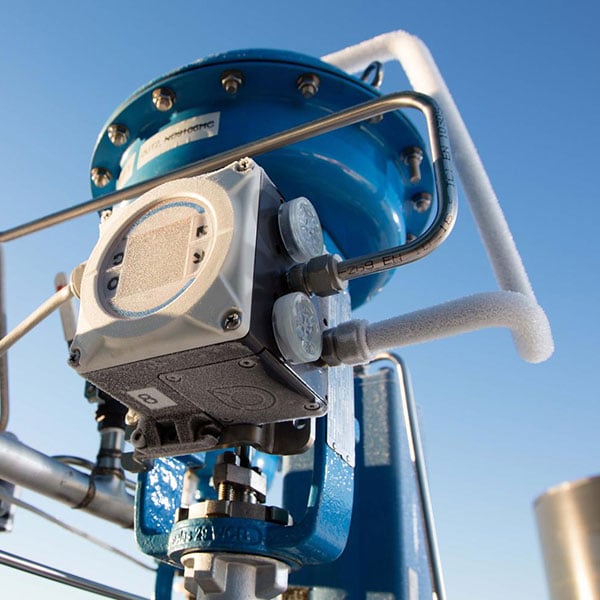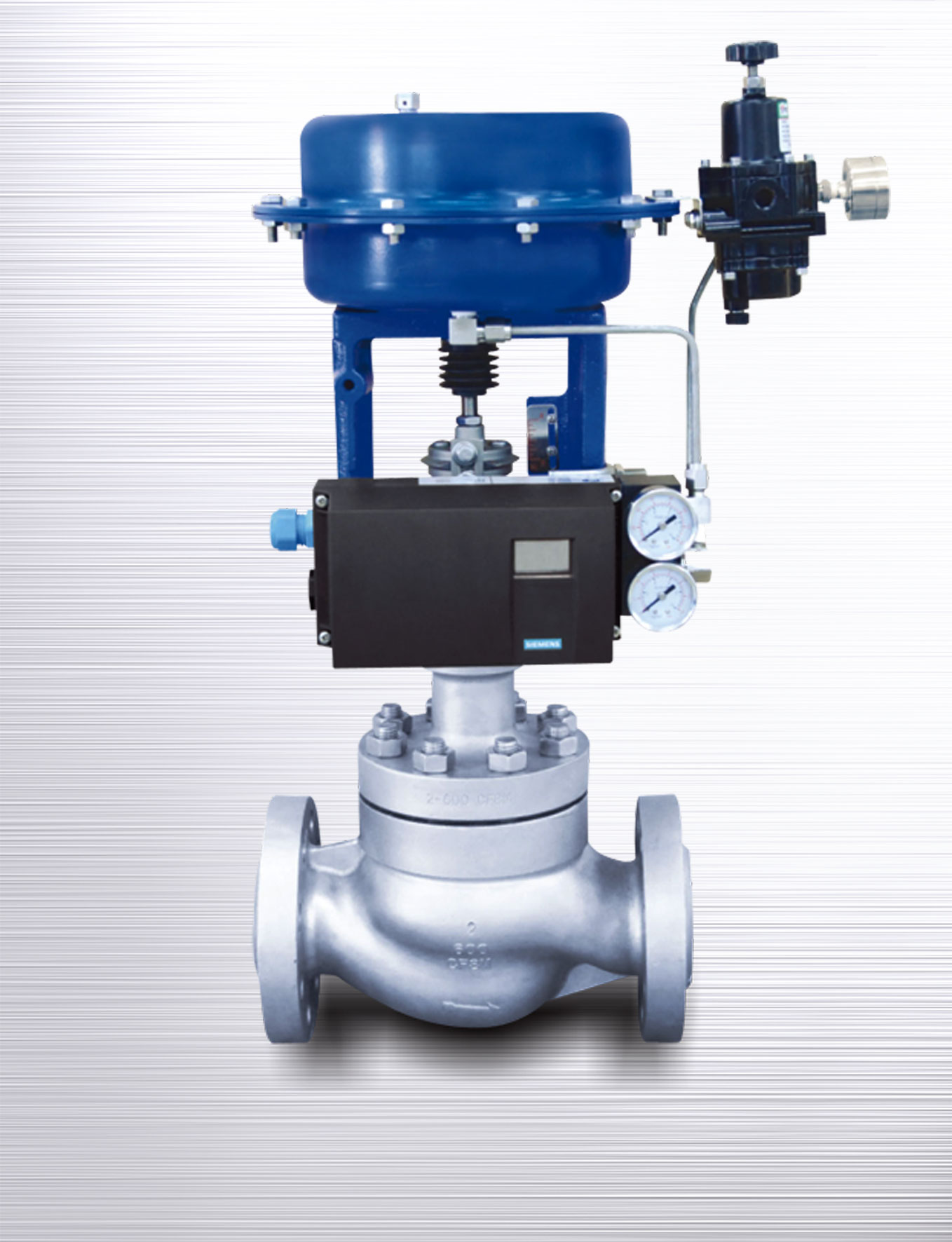Reliable Control Valves: Secret Parts for Reliable System Monitoring
Reliable Control Valves: Secret Parts for Reliable System Monitoring
Blog Article

Maximize Power Cost Savings and Comfort With Advanced Structure Automation Controls
In the world of modern style and facility monitoring, the combination of advanced building automation controls stands as a crucial improvement. By using the power of automation, buildings can adapt, respond, and progress in means that were once unthinkable.
Power Efficiency Advantages
Power effectiveness advantages can considerably reduce energy usage and operational prices in structures. By applying energy-efficient practices and innovations, building owners and operators can achieve significant financial savings while likewise contributing to ecological sustainability. Among the main benefits of improving energy efficiency in buildings is the reduction of energy expenses. Energy-efficient systems, such as innovative structure automation controls, can maximize using sources like lights, home heating, and air conditioning, causing lower power expenditures gradually.
In addition, improved power performance can extend the life expectancy of building devices and systems. By operating much more efficiently, cooling and heating systems, light, and various other building elements experience less damage, leading to minimized upkeep and replacement prices. Furthermore, energy-efficient structures usually regulate higher residential property worths and rental rates, offering long-term economic advantages to proprietors.
In addition, power efficiency can improve resident convenience and productivity. Effectively controlled indoor atmospheres with optimal illumination and thermal conditions produce an even more favorable and pleasant workspace, leading to improved staff member contentment and performance. In general, the energy performance advantages connected with innovative building automation controls are multifaceted, encompassing price savings, environmental stewardship, and occupant wellness.
Boosted Convenience Control
Enhancing comfort control in structure atmospheres calls for a sophisticated integration of advanced automation systems for ideal passenger well-being. By making use of sophisticated building automation controls, centers can customize the indoor environment to satisfy the details requirements and preferences of occupants. control valves.
Boosted convenience control surpasses basic temperature adjustments. It consists of attributes such as personalized settings, occupancy sensing units, and natural light application to create a vibrant and receptive setting. By incorporating these innovative controls, buildings can not only boost comfort but likewise boost power effectiveness by maximizing system operations based on real tenancy and use patterns. Eventually, focusing on resident convenience through advanced automation systems results in a much more satisfying and much healthier interior setting.
Functional Effectiveness Improvements

Furthermore, the implementation of real-time surveillance and analytics tools makes it possible for structure drivers to recognize energy inadequacies and functional anomalies without delay. By continually checking power use patterns and system efficiency metrics, adjustments can be made in real-time to enhance power usage and make certain peak functional effectiveness. control valves. Furthermore, integrating demand action techniques into structure automation controls can further boost functional performance by dynamically adjusting power use based on grid conditions and prices signals
Indoor Environment Optimization
Effective interior environment optimization is a fundamental facet of building automation controls, making certain residents' convenience and well-being while making the most of power financial savings. By utilizing sophisticated sensing units and controls, constructing automation systems can continually check and change temperature, moisture degrees, air top quality, and air flow to develop an optimum indoor atmosphere. Maintaining regular and comfortable conditions not just enhances owner complete satisfaction yet additionally boosts efficiency and general well-being.
Indoor climate optimization additionally plays get more an essential role in energy effectiveness. By fine-tuning cooling, ventilation, and heating systems based upon real-time information and occupancy patterns, building automation controls can significantly minimize energy usage - control valves. Carrying out approaches such as demand-controlled air flow and thermal zoning can help decrease power waste while guaranteeing that each location of the structure obtains the necessary conditioning.

Sustainable Setting Creation
Building automation controls not just maximize interior environment conditions for energy effectiveness and occupant comfort but likewise lay the foundation for producing a lasting setting with calculated management of sources and systems. By incorporating sophisticated structure automation modern technologies, such as sensors, actuators, and smart software, facilities can keep track of and readjust energy usage in real-time to lessen waste and minimize their carbon impact. These systems make it possible for predictive maintenance, recognizing prospective issues prior to they rise and enhancing equipment efficiency to boost durability and efficiency.
Moreover, sustainable setting development extends past energy management to incorporate water conservation, waste decrease, and indoor air high quality improvement. Building automation controls can manage water usage, discover leakages, and make sure proper garbage disposal methods, adding to total sustainability efforts. Additionally, by keeping an eye on and managing air flow and purification systems, these modern technologies improve passenger health and productivity while lowering energy consumption connected with a/c operations.
Conclusion
Finally, progressed building automation controls deal considerable benefits in regards to power savings, comfort control, functional performance, interior environment optimization, and creating a lasting setting. By implementing these controls, buildings can accomplish ideal efficiency while lowering energy consumption and enhancing passenger convenience. It appears that the use of innovative automation modern technology is vital in enhancing building performance and producing an extra lasting future.
Energy efficiency advantages can dramatically minimize energy intake and operational prices in buildings. On the whole, the energy efficiency advantages associated with innovative building automation controls are complex, encompassing price financial savings, ecological stewardship, and resident wellness.
Furthermore, including need feedback approaches right into structure automation controls can further enhance operational effectiveness by dynamically changing energy use based on grid conditions and pricing signals.
Building automation controls not just optimize interior climate conditions for power effectiveness and resident convenience however also lay the structure for creating a lasting environment via calculated administration of resources and systems.In final thought, advanced see this page structure automation manages offer considerable benefits in terms of power financial savings, convenience control, operational effectiveness, indoor This Site environment optimization, and developing a lasting atmosphere.
Report this page